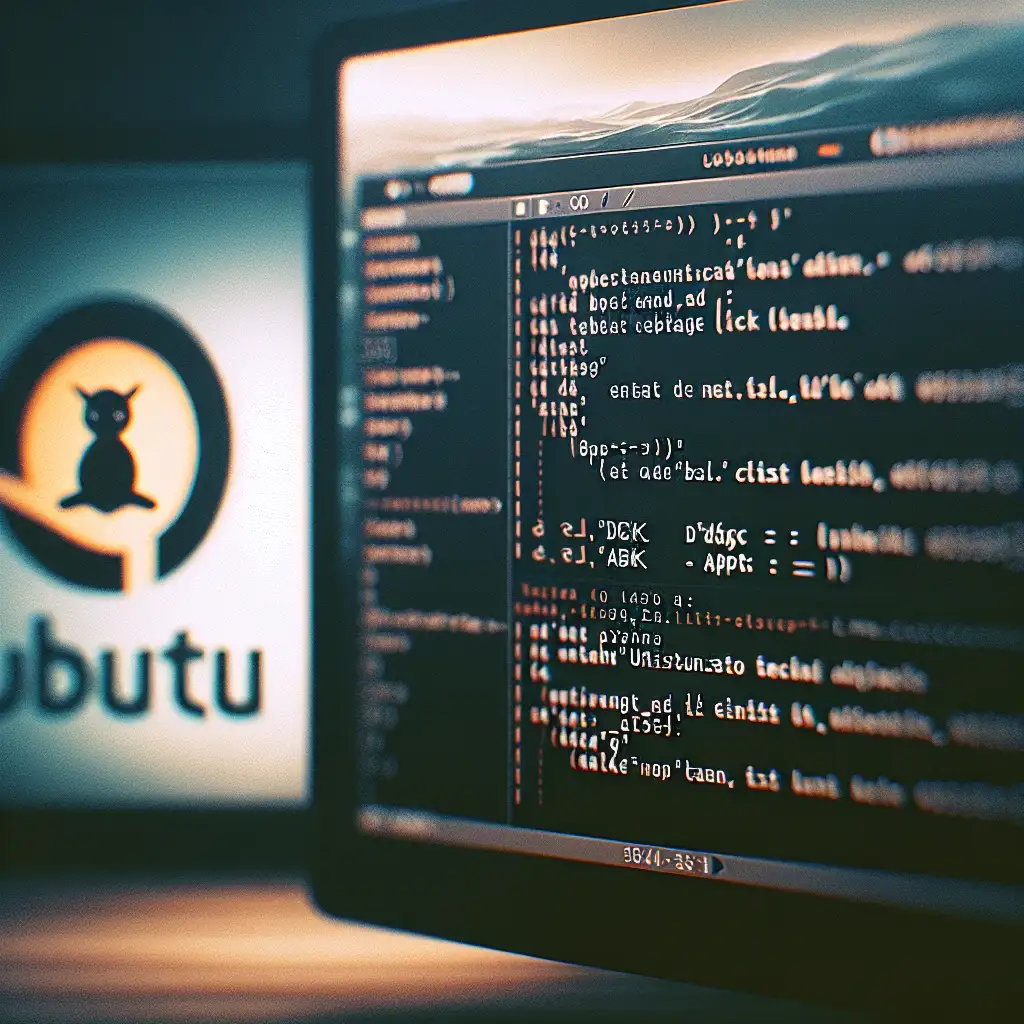Mastering the Installation of .deb Files in Ubuntu: Beyond the Basics
Forget relying solely on apt-get or snap. Dive into the nitty-gritty of .deb package installation to gain transparency, control, and remediation power that typical methods hide. This approach exposes the hidden mechanics of Ubuntu software management, unlocking new troubleshooting and customization paths.
When working with Ubuntu, most users rely on package managers like apt or snap to install software. While those tools are convenient and efficient for most needs, they sometimes abstract away the installation process and limit your control. For developers, sysadmins, or power users aiming for stable, customized systems with precise version control, understanding how to handle .deb files directly is essential.
In this post, we'll explore how to install .deb files in Ubuntu—from basic commands to handling dependencies manually and troubleshooting common pitfalls—to empower you with full command over your software stack.
What Is a .deb File?
A .deb file is the Debian package format that Ubuntu uses internally. It is a precompiled archive containing binaries, configuration files, metadata, and installation scripts. Installing a .deb package usually involves unpacking contents in system directories like /usr/bin, /etc, etc., setting up dependencies, and executing installation scripts.
While apt automates this process when pulling from repositories, manually installing a downloaded .deb file lets you:
- Install versions not available in official repos
- Use software from third-party sources
- Test beta or custom-built packages
- Troubleshoot broken dependencies or install offline
How To Install a .deb File: The Basics
Suppose you've downloaded a file named example-package_1.2.3_amd64.deb. Here's a straightforward way to install it:
Method 1: Using dpkg
sudo dpkg -i example-package_1.2.3_amd64.deb
However, if the package has unmet dependencies, you might see errors like:
dpkg: error processing package example-package (--install):
dependency problems - leaving unconfigured
Fixing Broken Dependencies
The good news is that dpkg does not resolve dependencies automatically. After running dpkg -i, run this command to fix missing dependencies:
sudo apt-get install -f
This tells apt to fix broken installs by fetching required dependencies from repos.
Method 2: Using apt
Modern versions of Ubuntu allow you to install .deb files directly with apt, which also takes care of dependencies in one step:
sudo apt install ./example-package_1.2.3_amd64.deb
Note: The relative path (./) is important here — it tells apt this is a local file.
Going Beyond: Inspecting and Managing .deb Files
Sometimes you want more insight or control before installing.
Extract Contents Without Installing
You can extract files inside without installing:
dpkg-deb -x example-package_1.2.3_amd64.deb ./extracted-folder
dpkg-deb -e example-package_1.2.3_amd64.deb ./extracted-folder/DEBIAN
- The first command extracts all content files.
- The second extracts control metadata (like post-install scripts).
This helps you inspect what exactly will change on your system before committing.
Simulating Installation
To check for conflicts or what changes an install might cause without actually installing:
sudo dpkg --dry-run -i example-package_1.2.3_amd64.deb
This runs through checks without making changes.
Handling Dependency Hell Like a Pro
If you receive dependency issues that apt-get install -f can’t resolve—for example because the needed packages aren’t in your repositories—you have options:
1. Download Dependencies Manually
Look up dependencies via:
dpkg-deb -I example-package_1.2.3_amd64.deb | grep Depends
Manually download required .deb files from trusted sources (like Ubuntu packages).
Install them first — ideally in dependency order — before installing your main package:
sudo dpkg -i dependency1.deb dependency2.deb ...
sudo dpkg -i example-package_1.2.3_amd64.deb
2. Use Tools Like gdebi
gdebi is designed specifically to handle .deb installs with automatic dependency resolution from configured repos:
sudo apt install gdebi-core
sudo gdebi example-package_1.2.3_amd64.deb
If all dependencies are available in repos, this will install everything smoothly.
Uninstalling .deb Packages Safely
To remove a manually installed package installed via .deb, use:
sudo apt remove example-package
or if you want to purge configuration files too:
sudo apt purge example-package
To verify installed files from a package (before removing), try:
dpkg -L example-package
Wrapping Up: Why Mastering .deb Installation Matters
Relying solely on automatic installers like apt-get or Snap limits visibility into what’s happening during installs — especially when handling custom builds or old/new versions unavailable in your repos.
Knowing how to manipulate .debs directly allows you to:
- Install exact versions for testing/compatibility
- Inspect installation content for security/trust
- Resolve complicated dependency trees manually
- Troubleshoot failed installs by exploring metadata and scripts
- Keep tighter control over your system’s stability
With these fundamental techniques under your belt, you're no longer just blindly clicking “install.” Instead, you're fully equipped to master software installations on Ubuntu — empowering deeper customization and quicker problem resolution on your terms!
Ready to take full control? Try downloading a sample .deb, inspect its contents using the commands above, and practice installing it with both dpkg and apt. You’ll get hands-on experience understanding what happens behind the scenes every time a piece of software lands on your system.
Happy tinkering!
